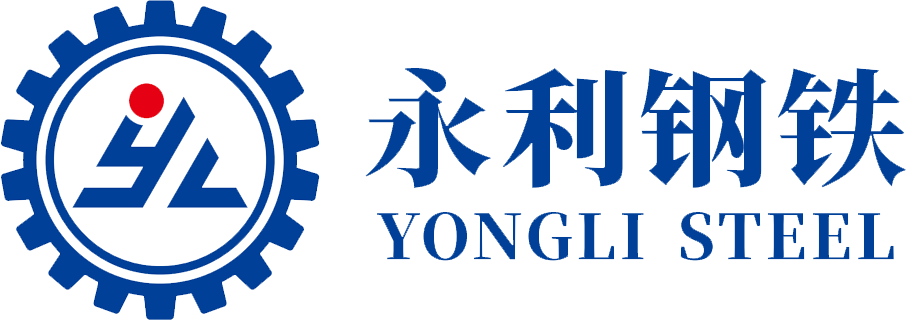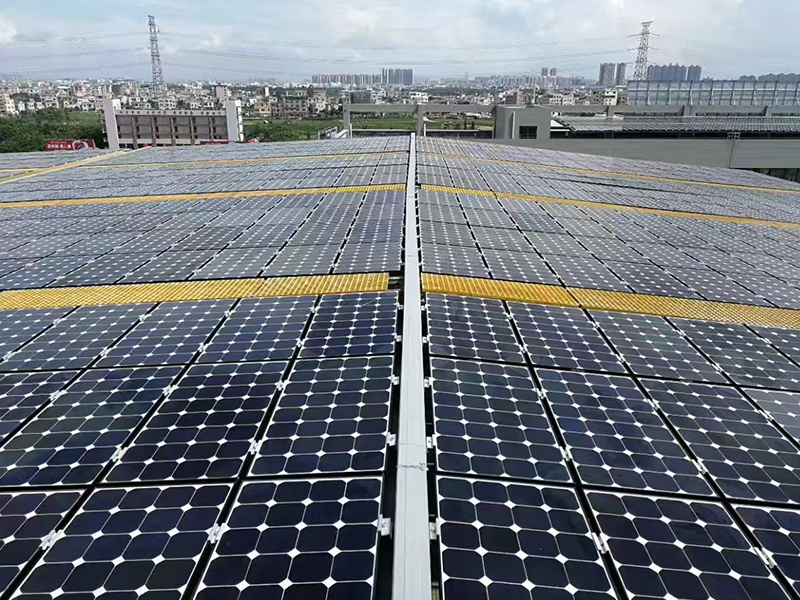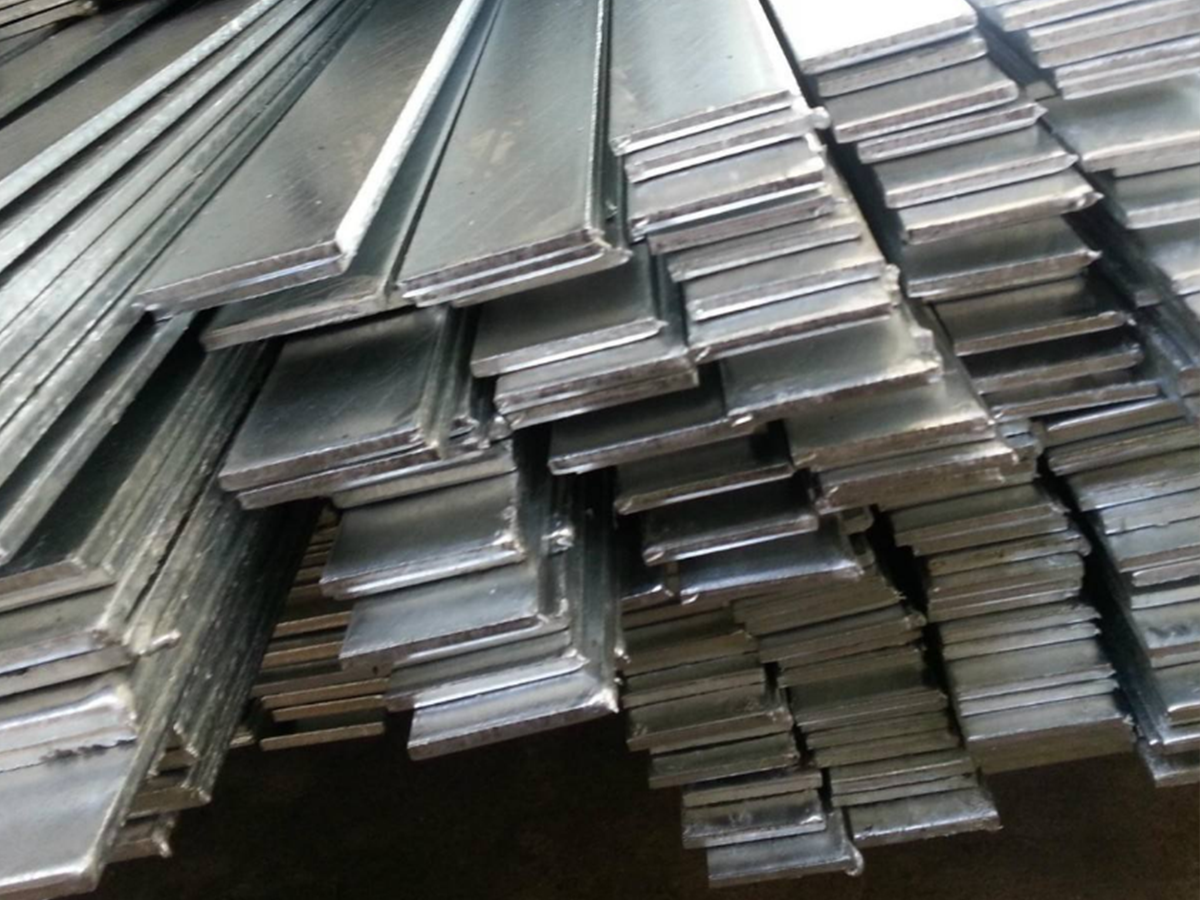Execution standard of channel steel:
Chinese Standard
GB/T 706-2016
GB/T 6723-2008
GB/T 2101-2019
GB/T 2102-2019
International Standard
ISO 6935
EN 10025
Channel steel is a long steel material with a concave groove-shaped cross-section, belonging to a type of shaped steel. We can provide export processing services such as threading, cutting, necking, chamfering and necking, color banding, changing markings, oil spraying and painting, packaging, and packing.
Category:
Keywords:
Channel steel

Descriptions
Product Introduction
A channel steel is a long steel bar with a concave groove-shaped cross-section, a type of shaped steel. It is usually produced by hot rolling or cold rolling. During production, specific rolling mill equipment gradually rolls the steel billet into a channel steel with specific specifications and shapes. Its cross-section consists of a web and two flanges, resembling a concave groove. This unique cross-sectional design gives channel steel special mechanical properties and wide application value. There are many specifications of channel steel; its dimensions are usually expressed in millimeters as height (h) × leg width (b) × web thickness (d), such as "[100×48×5.3]" which indicates a channel steel with a height of 100 mm, leg width of 48 mm, and web thickness of 5.3 mm. Users can choose the appropriate specifications according to different engineering needs.
Product Advantages
Unique Mechanical Properties and High Load-Bearing Capacity
The unique concave groove cross-sectional design of channel steel makes it perform excellently in terms of mechanical properties. Compared with ordinary steel, channel steel can effectively disperse the force to the web and flanges when bearing vertical loads, exhibiting strong bending resistance; its structural characteristics also play a role in resisting torsional deformation, maintaining good stability. This characteristic makes channel steel an ideal choice in situations requiring large loads and bending moments. In the steel beam structures of large buildings, channel steel can effectively bear the loads of the floor and roof and transfer them to the supporting structure of the building; in the base manufacturing of heavy machinery, channel steel can withstand various forces generated during equipment operation, ensuring stable equipment operation.
Good Processing Performance
Channel steel has excellent processing adaptability and can meet different engineering needs through various processing methods. Cutting operations can accurately cut the channel steel to the required length; welding technology can firmly connect multiple sections of channel steel to construct complex structural systems; drilling and bending can also be carried out smoothly to produce components with specific shapes and functions. In the construction of steel structure workshops, construction personnel can cut the channel steel to the appropriate size according to the design drawings and then quickly assemble it into steel beams, steel columns, and other components through welding, greatly improving construction efficiency. Moreover, channel steel is not prone to cracks or deformation during processing, ensuring processing quality and component reliability.
Convenient Installation and Flexible Combination
Channel steel installation is relatively simple and can be connected to other structural components through welding, bolted connections, etc. In actual construction, construction personnel can flexibly choose the connection method according to the specific situation and design requirements of the construction site. When building temporary buildings or simple equipment frames, bolted connections can quickly complete the installation and are convenient for later disassembly and adjustment; in permanent building structures, welding can make the channel steel and other components form a solid whole, ensuring structural stability. In addition, channel steels of different specifications can be used in combination; through reasonable matching, structural systems that meet various complex force requirements can be constructed, further expanding the application range of channel steel.
Cost-Effectiveness and Recyclability
Channel steel has a mature production process and widely available raw materials, making its production cost relatively controllable and offering high cost-effectiveness while meeting most engineering needs. Compared with some high-performance but expensive special steels, channel steel can provide reliable mechanical properties at a more economical price, saving costs for engineering projects. At the same time, channel steel is a recyclable material. When engineering projects are completed or equipment reaches its service life, channel steel can be recycled and reprocessed, and reintroduced into production. This recyclability not only helps save resources and reduce reliance on primary mineral resources but also reduces the environmental pressure caused by waste, conforming to the concept of sustainable development.
Diverse Surface Treatments
To meet different usage environments and needs, channel steel can undergo various surface treatments. Common surface treatments include galvanizing, painting, and applying anti-rust paint. Galvanizing can significantly improve the corrosion resistance of channel steel, making it suitable for outdoor or humid environments; painting and applying anti-rust paint can, according to different decoration needs and protection requirements, give channel steel different colors and protective properties, enhancing both the aesthetics and extending its service life. Through diversified surface treatments, channel steel can better adapt to various complex usage scenarios, improving its applicability and durability.
Industry Applications
Construction Industry
Steel structure buildings: In steel structure buildings, channel steel is one of the commonly used structural materials. It is widely used in the frame structures of buildings, such as steel beams, steel columns, and supports. In the construction of industrial plants, steel beams made of channel steel can bear the loads of the roof and floor and transfer them to the columns and foundations; in high-rise buildings, channel steel is used with other steel materials to build a stable frame system, ensuring the structural safety of the building when bearing horizontal loads such as wind and earthquake forces. In addition, channel steel can also be used to make building stair railings and other components, providing safety protection for the building while also having a certain decorative effect.
Building formwork support: During building construction, channel steel is often used as formwork support material. It has high strength and stability and can provide reliable support for building formwork, ensuring that the shape and position of the formwork are accurate during concrete pouring. By reasonably arranging the channel steel support system, the load-bearing capacity of the formwork can be improved, formwork deformation can be reduced, and the construction quality of concrete components can be guaranteed. At the same time, the installation and disassembly of the channel steel support system are relatively convenient, which can improve construction efficiency and accelerate construction progress.
Building equipment foundation: Many large building equipment, such as elevators, ventilation equipment, and air conditioning units, require a stable foundation for support. Channel steel can be used to make corresponding equipment foundation frames according to the size and weight of the equipment. Its good mechanical properties can withstand the vibration and load generated during equipment operation, ensuring the normal operation of the equipment. Moreover, channel steel equipment foundations facilitate the installation and adjustment of equipment positions, providing convenience for equipment installation and maintenance.
Machinery Manufacturing Industry
Equipment frames and bases: In the manufacturing of various mechanical equipment, channel steel is used to make equipment frames and bases. For example, machine tools, automated production line equipment, and industrial robots require frames and bases with high strength and stability to support the various components of the equipment and ensure that the equipment can withstand various forces during operation without deformation. The unique mechanical properties and processing properties of channel steel enable it to meet the requirements of equipment frames and bases for structural strength and precision, providing reliable assurance for the normal operation of mechanical equipment.
Conveying Equipment: In material handling systems, channel steel has wide applications. For example, in belt conveyors, chain conveyors, roller conveyors, etc., channel steel is used to manufacture conveyor frames, supports, and guide rails. The shape and size of the channel steel can be customized according to the specific requirements of the conveying system to ensure the structural stability of the conveying equipment and smooth material conveying. At the same time, the weldability and boltability of channel steel facilitate the installation, debugging, and later maintenance of the conveying equipment.
Mechanical Components: Some mechanical components also use channel steel. Through processes such as cutting, processing, and welding of channel steel, some special-shaped mechanical components can be manufactured, such as support parts and brackets for mechanical arms. These components utilize the strength and structural characteristics of channel steel to meet the force requirements during mechanical operation while reducing the manufacturing cost of the components.
Bridge Construction Industry
Bridge Main Structure: In bridge construction, channel steel participates in building the main structure of the bridge, such as the longitudinal and transverse beams. These structures need to withstand various external forces such as vehicle loads, wind, and earthquakes. The high strength and good bending resistance of channel steel allow it to play an important role in the main structure of the bridge, ensuring the structural safety and stability of the bridge during long-term use. In the construction of some small bridges or pedestrian overpasses, channel steel structures are widely used for their economic practicality and convenient construction.
Bridge Ancillary Facilities: Channel steel is also used to manufacture bridge ancillary facilities, such as bridge railings, crash barriers, and drainage system supports. Bridge railings need to have a certain strength and toughness to ensure the safety of pedestrians and vehicles. After appropriate processing and surface treatment, channel steel can meet the strength requirements and has good weather resistance; the drainage system supports utilize the supporting capacity of channel steel to ensure the stable installation of drainage pipes and the normal operation of the bridge drainage system.
Power Engineering Industry
Transmission Towers and Substation Structures: In the power transmission network, channel steel is one of the important materials for manufacturing transmission towers and substation structures. Transmission towers need to withstand the weight, tension, and wind force of the conductors. The tower structure built with channel steel can stably support the conductors, and its high strength and stability ensure the safe operation of the transmission tower under various harsh weather conditions; in substations, channel steel structures are used to install various electrical equipment, providing reliable support and fixation for electrical equipment and ensuring the normal operation of the substation.
Cable Trays and Conduits: Cable trays and conduits are used to lay and protect power cables, control cables, etc. Channel steel is often used to make the frames of cable trays and conduits. Its strong structure can bear the weight of the cables and provide good protection for the cables, preventing them from being damaged by external forces. At the same time, the channel steel frame is easy to install and fix, and can be flexibly adjusted according to different laying environments and cable routes to ensure the orderly laying and safe operation of the cables.
Warehousing and Logistics Industry
Rack Manufacturing: In the manufacturing of warehouse racks, channel steel is one of the commonly used materials. It can be used to manufacture key components such as rack uprights and beams. With its high load-bearing capacity and stability, it can withstand the weight of a large number of goods, ensuring the safety and reliability of the racks during use. Channel steel of different specifications can be combined according to the design requirements of the racks to meet the needs of different cargo storage and handling. Moreover, the installation and disassembly of channel steel racks are relatively convenient, facilitating warehouse layout adjustments and rack maintenance and updates.
Logistics Equipment: In the logistics industry, some logistics equipment, such as forklift fork frames and pallet frames, also use channel steel. The strength and wear resistance of channel steel can meet the force requirements of logistics equipment during cargo handling and loading and unloading, improving the service life and work efficiency of the equipment. At the same time, the machinability of channel steel makes the manufacturing of logistics equipment more flexible, allowing for customized production according to actual needs.
Related Product
Q&A

Yong Li Steel (Tianjin) Co., Ltd. is a modernized steel enterprise integrating steel


the company has advanced production equipment


Tianjin, the company has advanced production equipment


Yong Li Steel (Tianjin) Co., Ltd. is a modernized steel enterprise integrating steel production

Consult
We will contact you within one working day. Please pay attention to your email.









